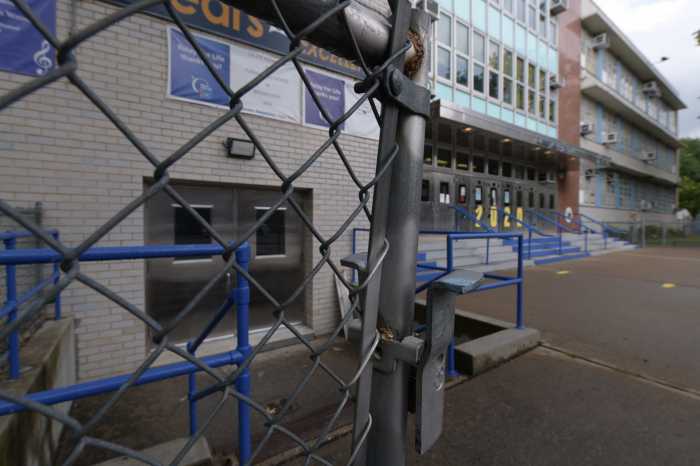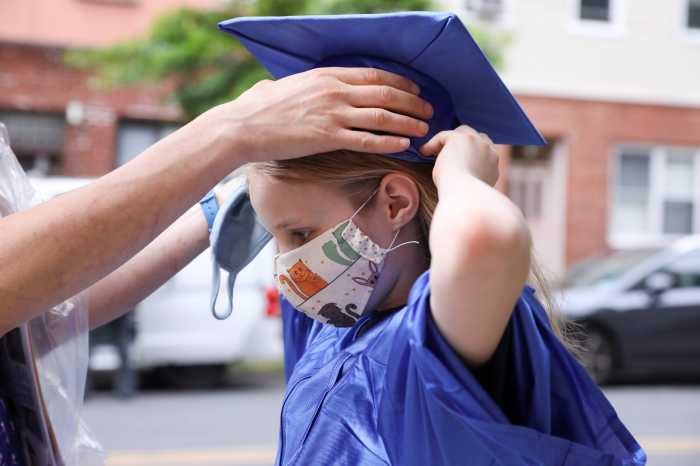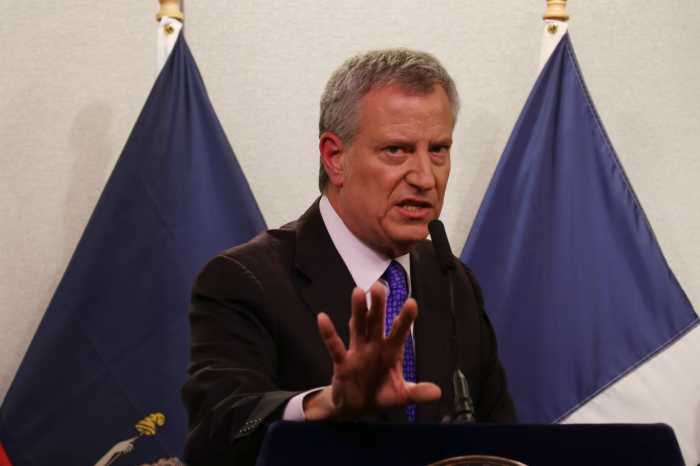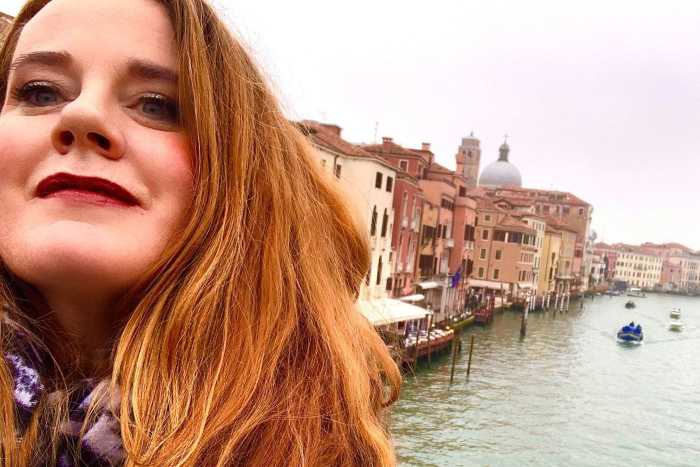Schools in the neighborhoods “hardest-hit” by the novel coronavirus pandemic have experienced lower attendance rates among students during so far this last school year compared to their counterparts in less impacted parts of the city, increasing gaps that already existed before COVID-19 reached the five boroughs, according to a report from the New York City Independent Budget Office released earlier this week.
In March of last year, New York City Mayor Bill de Blasio shut down schools due to the novel coronavirus and forced all students to shift to online learning. The city eventually reopened school buildings for in-person learning in October of 2020 and began taking note of daily attendance rates. During the weeks leading up to de Blasio’s grand public school reopening, the mayor said he expected at least 700,000 children would take part in the city’s hybrid learning model, in which students attended both in-person and virtual classes. But after repeated requests from the media, de Blasio revealed that only a quarter of all New York City public school students–or roughly 280,000–had attended in-person classes since schools reopened.
The report, commissioned by WNYC, looked at attendance rates at 1,598 New York City public schools found that while the bulk of schools had a median attendance rate of 83%–about seven percentage points lower than the average attendance rate for all schools during the 2019-20 school year–the majority of schools with drastically lower attendance rates are located in one the city’s neighborhoods “hardest hit” by the pandemic.
After calculating their median attendance, the NYCIBO places all schools into four groups, or quartiles, for the purposes of the report, with about 400 schools in each quartile. Schools in the lowest attendance quartile had median attendance rates between roughly 21% to 83% between Oct. of last year and Jan. 29 of this year. The second quartile is made up of schools with attendance rate between 83% and 89%, followed by those with median attendance rates ranging from 89% to 94% and those with a median rate of 94% to 100%.
IBO researchers found that high schools, transfer schools, and District 75 schools, which serve the city’s most handicapped children, typically had the lowest median attendance rates at 51.2%, 89.8%, and 66.1% respectively in the lowest quartile. A much smaller number of elementary and middle schools were in the lowest quartile for median attendance rates at 11.1% and 15% respectively.
There are 62 neighborhoods that the city has labeled as “hardest-hit” by the pandemic, according to the report, and out of all the schools studied, 62.3% of schools in the lowest attendance quartile reside in those neighborhoods while only 30.9% of schools in the highest attendance quartile are located in “hardest-hit” neighborhoods.
The difference in attendance rates between schools in “hardest-hit” neighborhoods and schools outside of them is most apparent among elementary schools, the report says. About 68% of elementary schools in “hardest hit” neighborhoods are in the IBO’s two lowest attendance groups while only about 30% of schools in “not hit as hard” neighborhoods are in those attendance categories.
Department of Education officials said Tuesday touted an average attendance rate among public schools of 88.4% since Sept. 16 which they claim has steadily increased over the course of the school year. Before the pandemic, the nation’s largest public school system had a five-year average attendance rate of 91.6%, a spokesperson from the DOE added.
“Our schools work hand-in-hand with parents and families to engage students and remove any barriers to learning with the goal of ensuring every student attends every day – with a special focus on our most vulnerable populations. School leaders and educators review attendance data daily to identify and contact chronically absent students, connect with families, and help them get back to learning,” said DOE spokesperson Nathaniel Styer. “We know this pandemic has hit some populations and neighborhoods of our city harder than others which is why we are expanding community schools and hiring 150 additional social workers and targeting supports to those communities.”





































